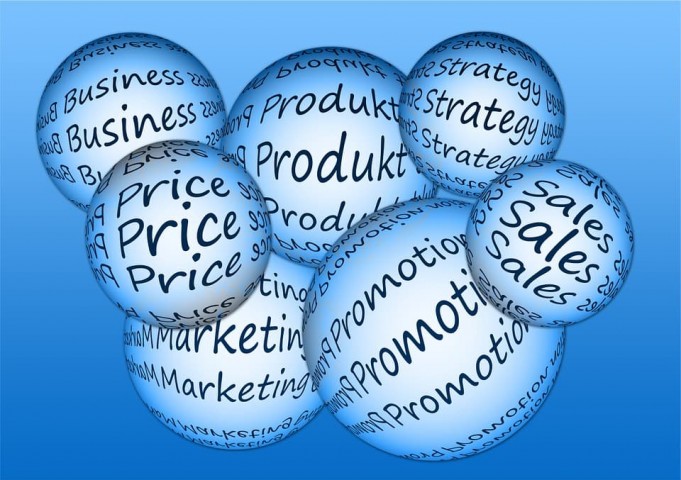Congratulations on developing a product! But now the focus is selling. Sales are the lifeblood of every business. Ready to start? Then Let’s talk about the 10 best ways to sell your products and make it accessible to buyers.
Best 10 Ways to Sell your Products
1. Create a true story about your product
Many sellers or marketers fall into the trap of “selling the product, not the experience.” People hunt for a solution to their problem and not the fanciness of the product.
When you discuss features and benefits, you only engage Broca’s and Wernicke’s areas of the brain. Hence, no thought process is generated from the customer’s side. These areas simply decode words into meaning. Keeping the engagement of the customer is one of the critical aspects. So, tell a story about your product, but do not make one up – involve your potential customers by taking them behind the scenes.
2. Make Promises and Build Trust
A “big and exciting promise” makes all the difference to your customers. But you must keep into account your promises. Because today’s consumers will review them on Amazon or other websites to see how well your product works. You don’t have to come through on your exact promise. However, you do have to provide appealing value to your product.
For example, Tim Ferris explains this in his “4-Hour Work Week” published in April 2007. The content of the book doesn’t reduce your work week down to just four hours. However, it does give you a plan for “escaping the 9-5 workday, living anywhere, and joining the new rich”.
3. Offer Discount and Schemes
Price cuts or price schemes is the next strategy to sell the products. Whenever the product gets an observable price cut, it pulls the customer. Whether the reason is for getting a discount or maybe because the company wants to increase the sales of the product or a better new product is in the queue by the same company. It could also be an answer to other competitor’s price cuts. In any of the cases, the sales increase.
4. Make Use of Social Media Marketing
Using a website allows you to take advantage of strategies like PPC ads and SEO. Social media presence makes it possible to connect to buyers in a more authentic way. It allows you to earn loyalty from current and potential customers, address some customer service complaints, aggregate reviews, stay top-of-mind among followers, and generally positively build your reputation. Use hashtags and buy products through the social media platform. Thus, developing full organic traffic.
5. Start Email Marketing
Try to collect email addresses from visitors. Receiving emails allows you to create an email marketing campaign to keep your bond with potential customers, encourage existing customers to buy from you again, share coupons, and seek feedback about your products. Keep sharing newsletters with your customers. Newsletters should not be wordy or complicated. Keep them short and sweet.
6. Event Marketing
A recently popular strategy is event marketing, where a popular event is sponsored by the company to promote its product. Event marketing can be seen as an effective way to generate sales. The basic function of event marketing is to give value to your brand and the brand recall of the audience.
Significant brands like NIKE and Reebok carry out event marketing in sports events. Science functions, talk shows, concerts are examples of circumstances where event marketing can be carried out successfully, and the sale can be generated by building the brand.
7. Use SEO (Search Engine Optimization)
SEO involves setting up your website to encourage Google’s algorithm to identify and place top searches, based on the relevance of specific keywords and topics. SEO strategies include adding keywords to titles, headings, image alt text, and throughout the page’s content in a natural way, building authority through social proof, backlinks, and addressing site speed and responsiveness. Thus, this will bring more audience to your page.
8. Focus on Innovations
Innovating new products is the best for a company to sell products and maintain trust with existing customers. It has a lot of market and appreciation from the customers. Innovation sells, without saying, that when a company knows its product, the market changes substantially. The other part of innovation is customers pay a premium for the product. The selling factor for the product is the innovation itself and is also the reason why customers are pulled towards the product pushing its capabilities.
Innovation has a downside as well. The downside is that there would be many cheap copycats in the market and will require high RnD costs.
9. Approach Customers at Their Level
Pay some attention to your audience’s personality and tailor your approach accordingly. Our attributes have an impact on how we like to be sold to and with what information. Four main personality types and their preferences:
- Assertive: Belief in results and the bottom line
- Amiable: Likes creative ideas and big-picture visions
- Expressive: Interested in how ideas affect others
- Analytics: Interested in real-time data, facts, etc.
10. Using Pay-per-click Ads for Your Website
Pay-per-click (PPC) ads appear all over the internet and help direct customers to your website directly. Herein you only pay when someone clicks on the advertisement, which makes this a cost-effective method. However, you have to set up your website or landing page in such a way that it continues to attract and convince leads to look at and buy your products. Use Google Ads to create targeted campaigns that appear on websites and in front of users who are most likely to click on your product.









